Like chickens, ducks also have miniature versions of standard ducks, thus called bantam ducks.
Many keepers want to raise these small fowls as pets or show birds. But they also make dual-purpose birds that fulfill at least one end apart from their ornamental purpose.
Raising bantams has lots of benefits, such as small space, little feed, and mostly they are quiet.
If you’re planning the same, here are the top 6 bantam duck breeds for you!
1. Call Duck
Call ducks are so cute and affordable that they look like a plus toy rather than a real animal. They are miniature ducks that can weigh around 20 oz.
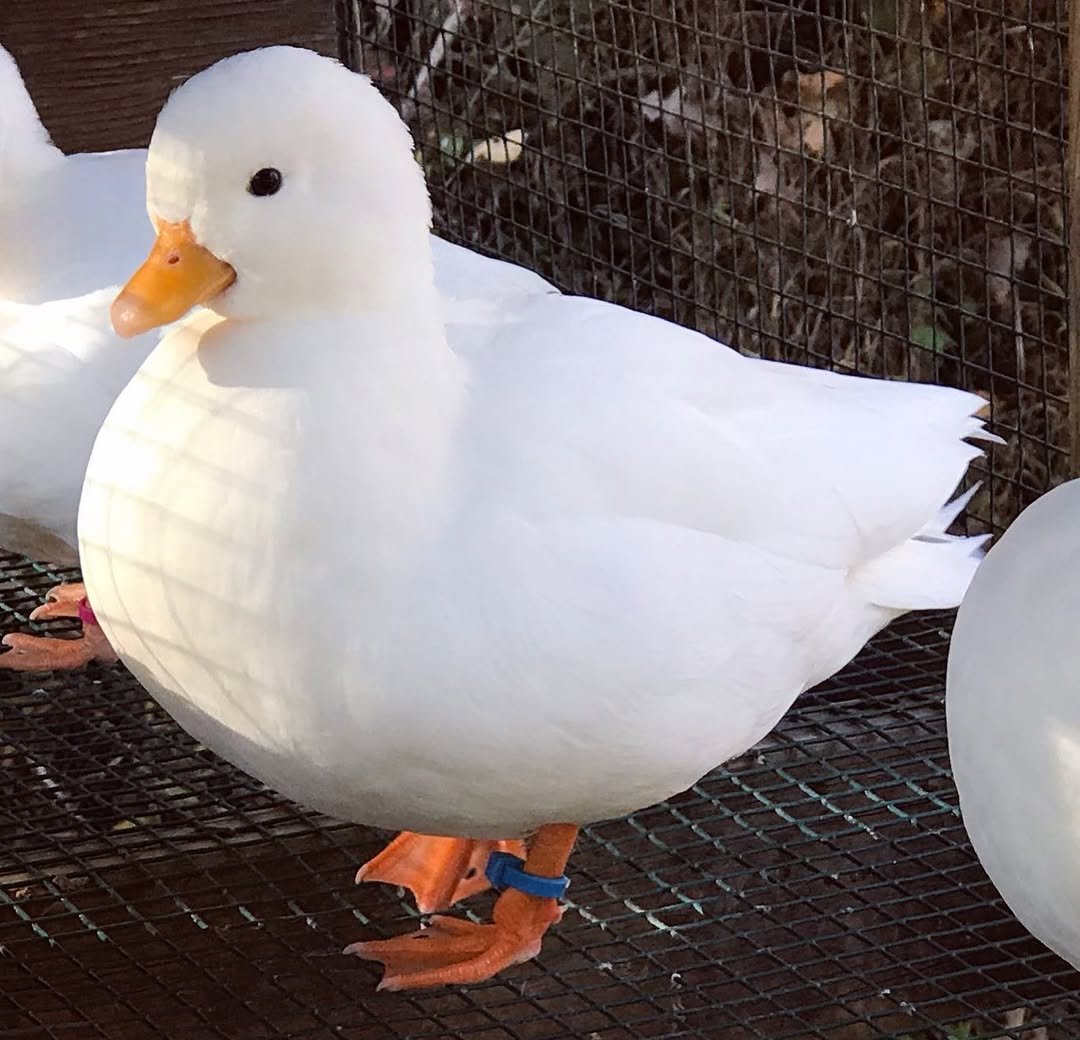
Hunters used call ducks as a decoy because they are loud enough to lure the prey.
These are loud birds that wistle their flock from a distance. Now, the call ducks as bait has been restricted.
They are one of the popular show duck breeds on farms and homesteads, which come in several varieties, but the most popular ones are white and black.
These ducks are cold-hardy and don’t make a fuss until they receive enclosed shelter in the winter.
They also make good free rangers if you train them to return home.
Besides, they can fly but stick around the shelter if provided with snacks and meals. You can expect them to grow within 4 – 6 months fully.
Size: 1.25- 2 lbs
Egg Production: 50-150 eggs/year
Varieties: Blue Fawn, Dark silver, Apricot, Bibbed, Black, Magpie, Mallard, Pied, Silver, and White
Temperament: Vocal, friendly, great for kids
Best For: Pets, exhibitions, pest control
2. East Indie Duck
It is the second most popular bantam breed due to its beautiful iridescent plumage.
Though East Indie ducks are all black in color, they grow white feathers as they age. But what a sheen they produce when light falls on the birds.
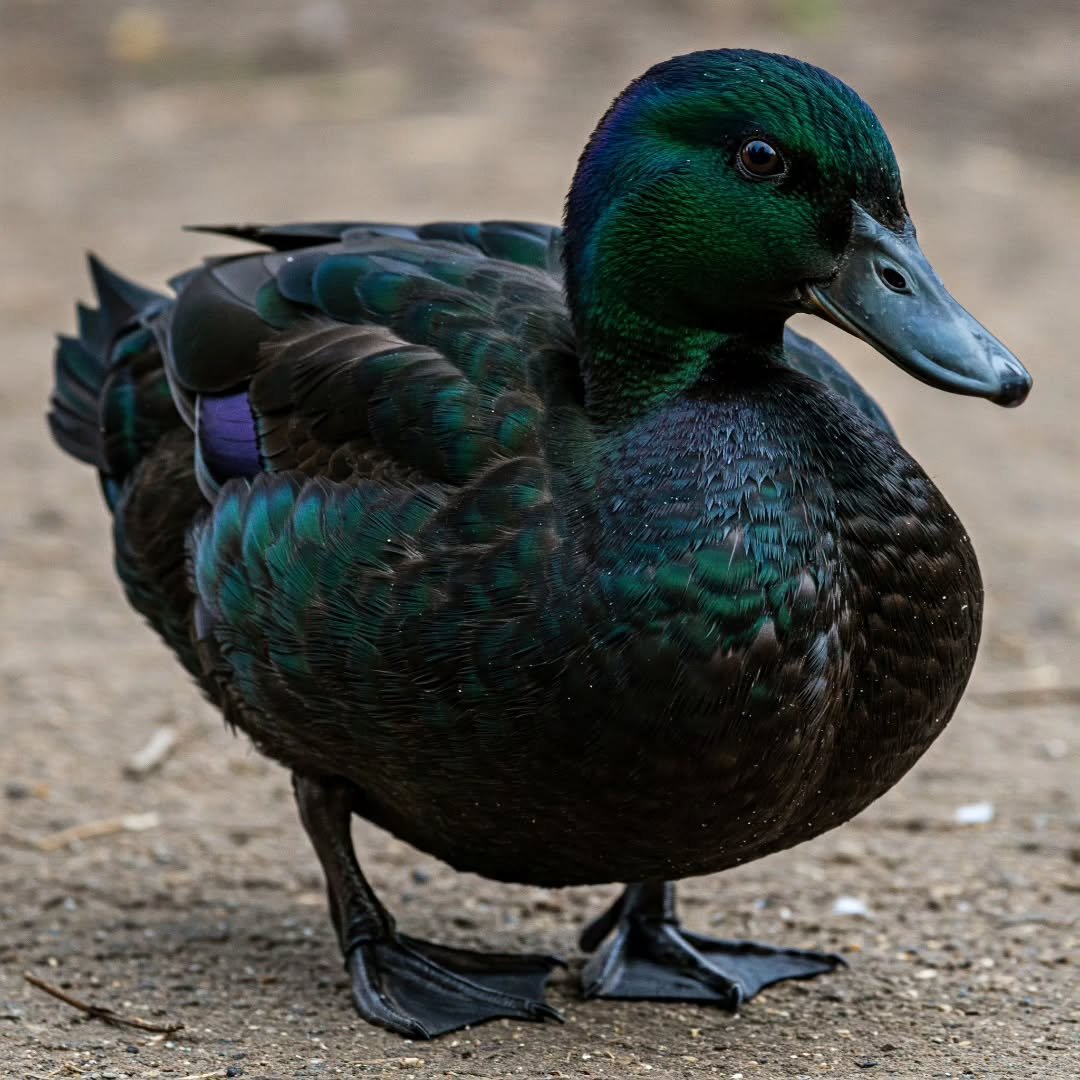
A beautiful green sheen comes out!
They are larger than call ducks and resemble mallards in comparison to their round bodies.
These fowls are shier and quieter than most of the birds.
As they are good flyers, you need to clip their feathers regularly. They are great foragers, so you won’t be worrying about their food.
It’s also fascinating that East Indies lay different ranges of eggs from grey to blue.
Size: 1-2 lbs
Egg Production: 40-100 eggs/year
Temperament: Calm, good layers
Best For: Egg production, ornamental purposes
3. Australian Spotted Duck
Australian spotted ducks are a hybrid of call ducks, northern pintails, mallards, and an unidentified Australian duck.
So, they have a similar body appearance to that of call ducks, having centrally located legs and a teardrop body. But they lack a high forehead and puffy cheeks.
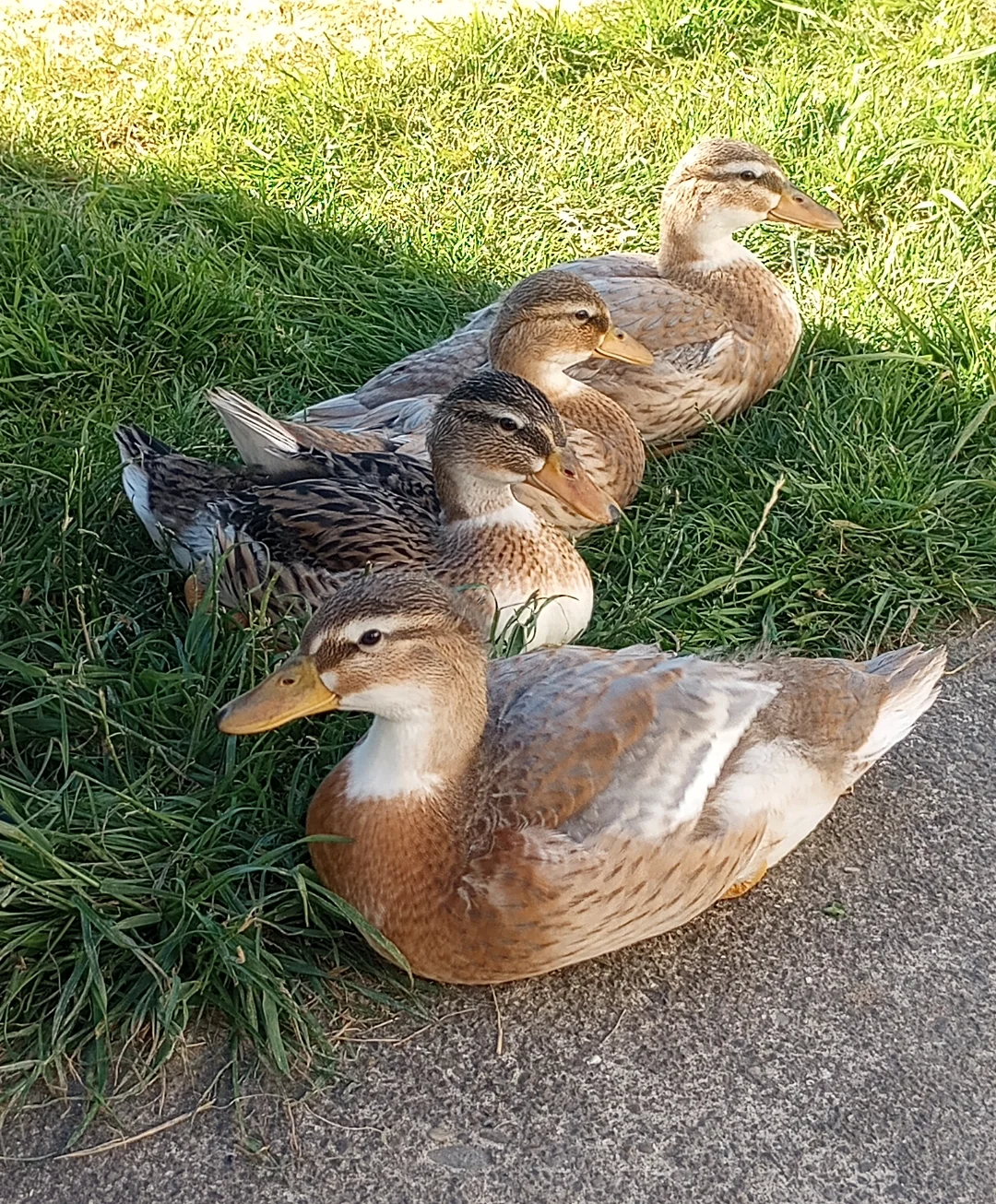
The full-grown birds weigh 2 to 2.5 lbs.
They are mild-mannered, calm, and very friendly, and make great pets, especially for families with kids.
As Australian Spotted ducks are rare, they aren’t kept for meat but make potential dual-purpose birds, especially for eggs.
Size: 2-2.2 lbs
Egg Production: 50-125 eggs/year
Varieties: Blue, Green, and Silver
Temperament: Active, hardy, excellent foragers
Best For: Free-range setups, pest control
4. Silver Bantam Duck
Also known as Silver Appleyard Bantam, this bantam has tight and glossy plumage and an attractively delineated hood.
They are good layers and like to sit on their eggs and make attentive mothers.
Drake owns a black head and a beautiful neck with a deep green sheen. You can recognize them with breast and shoulders having red brown lacing with a silver white belly and flanks.
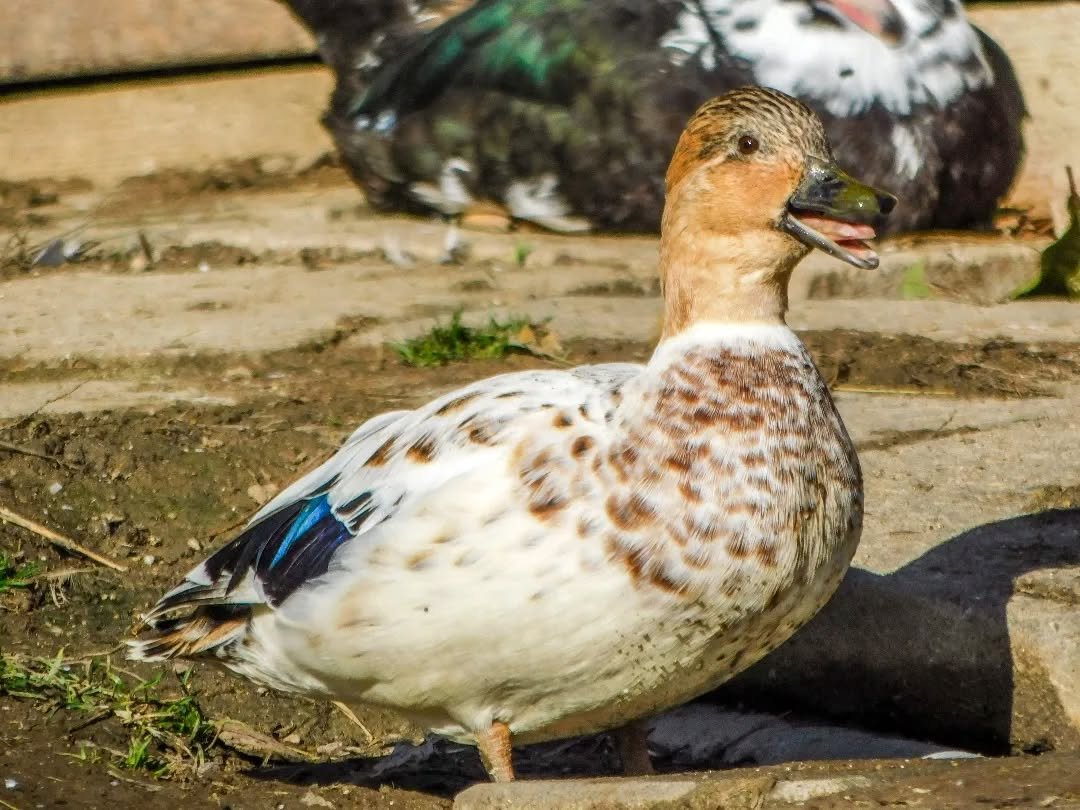
On the other side, female ducks have a head and neck that are fawn with some dark brown graining.
Their breast are cream in color with brown streaks and cream beneath their body.
They are calm and sophisticated, so even a beginner can raise them well.
Size: 1.8-2 lbs
Egg Production: 60-160 eggs/year
Temperament: Docile, friendly
Best For: Eggs, backyard flocks
5. Mandarin Duck
If you want to breed colorful ducks at your farm or home, Mandarin ducks are the best.
They are native to East Asia, especially China and Japan.
The drakes have distinctive, large orange plumage on their back, which almost resembles the sail. Their orange feathers on the side of their face with the white head patch, the purple coloring on their chest, pale orange coloring on their flanks, and the plain pink beak are the ornaments of the waterfowl.
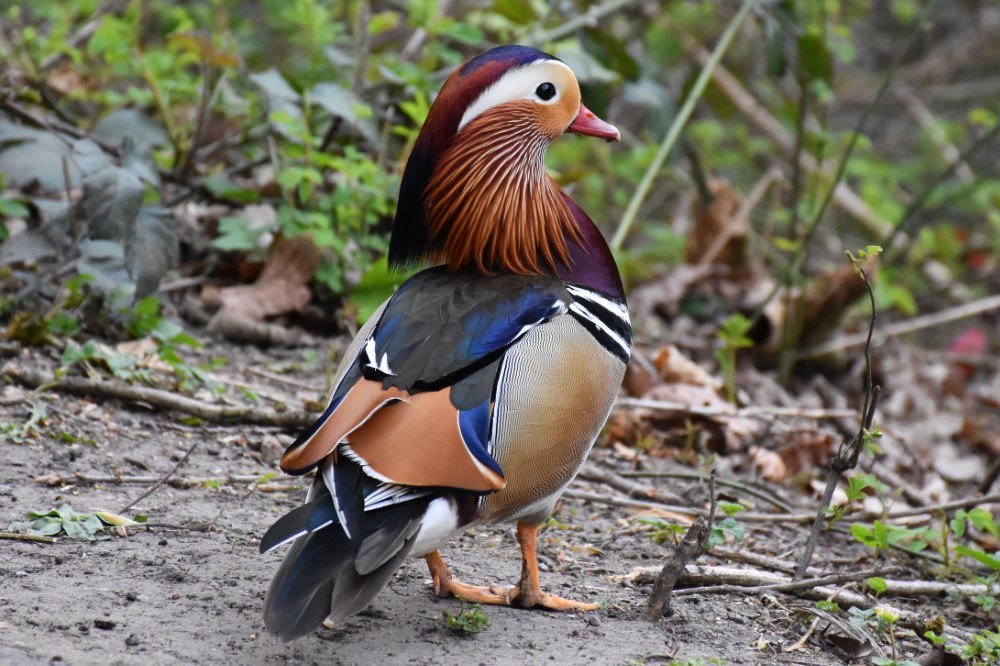
So, they look like animated 3D birds.
But the female ducks are more plain than drakes. They wear brown and black plumage and grey feathers on their head.
They have a white colored ring around their eyes and stripes behind it.
Mandarin ducks are quiet birds, so you can raise them in urban areas too.
Size: 1.5-2.5 lbs
Egg Production: Low (10-15 eggs/year)
Temperament: Shy, not great for beginners
Best For: Decorative ponds, exhibitions
6. Crested Miniature Duck
These min ducks are the bantam version of crested ducks that have grown a crest or tuft of feathers on their head based on the respective color of their plumage.
If ducks are white, they have white puffs on their head, and they wear gray if they are gray.
This enlists the crested duck in the show ducks.

But crested bantams are also raised for meat and eggs. They lay blue, green, tinted, or white eggs.
Size: 1.8- 2.4 lbs
Egg Production: 60-150 eggs/year
Temperament: Friendly, good pets
Best For: Backyard flocks, exhibition
7. Silkie Duck
Yes! Apart from silkie chickens, there are silkie ducks as well.
These ducks are rare birds with soft, lacy plumage. They weigh around 28 – 36 oz, making them good bantam pets at farms and homes.
They come in different color varieties such as black, white, dusky, and mallard.
Silkie bantam ducks are nonfliers, so you need not worry about them trespassing on other properties or escaping the fence easily.
Also, they make excellent foragers and good mothers.
If you are planning to keep bantam chickens, they also make good pets and show stoppers at a farm or homestead.
Final Thoughts
The bantam duck breeds are small, and they are flighty (most of all). So, either you need to clip their wings or train them to implant a home instinct.
Besides, these cuties have a high risk of attacks from aerial predators such as hawks, so a pen setup would be a wise idea for free rangers.



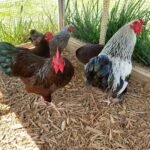
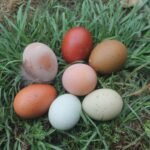
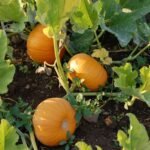
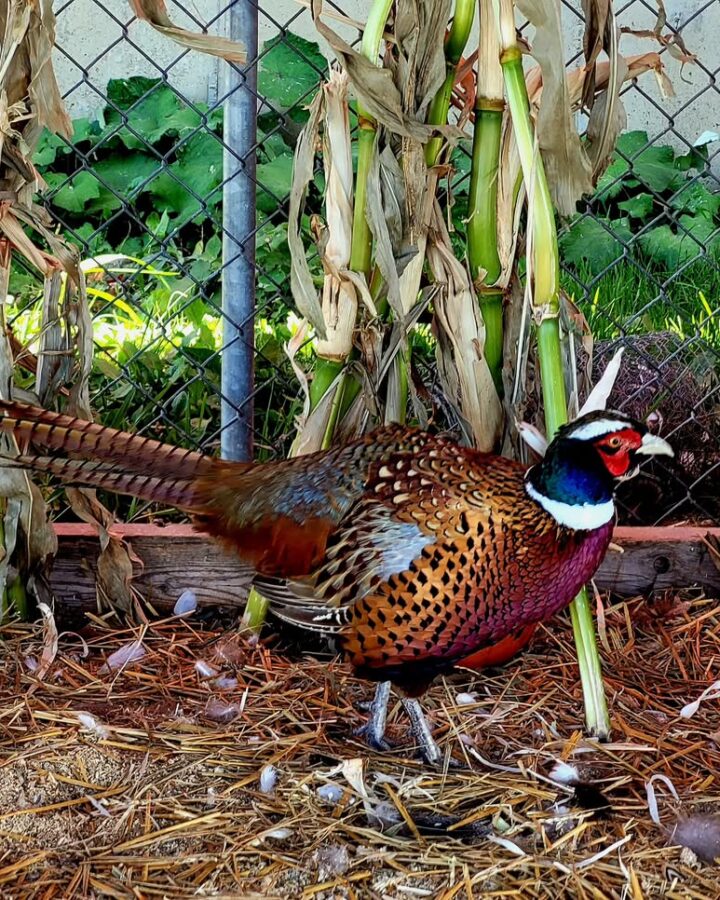
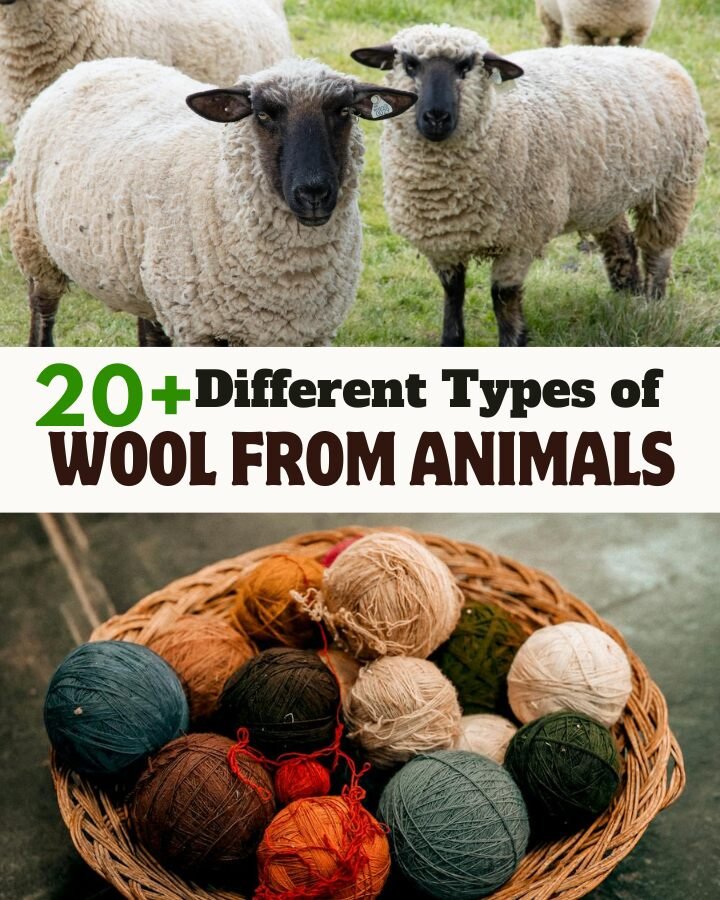

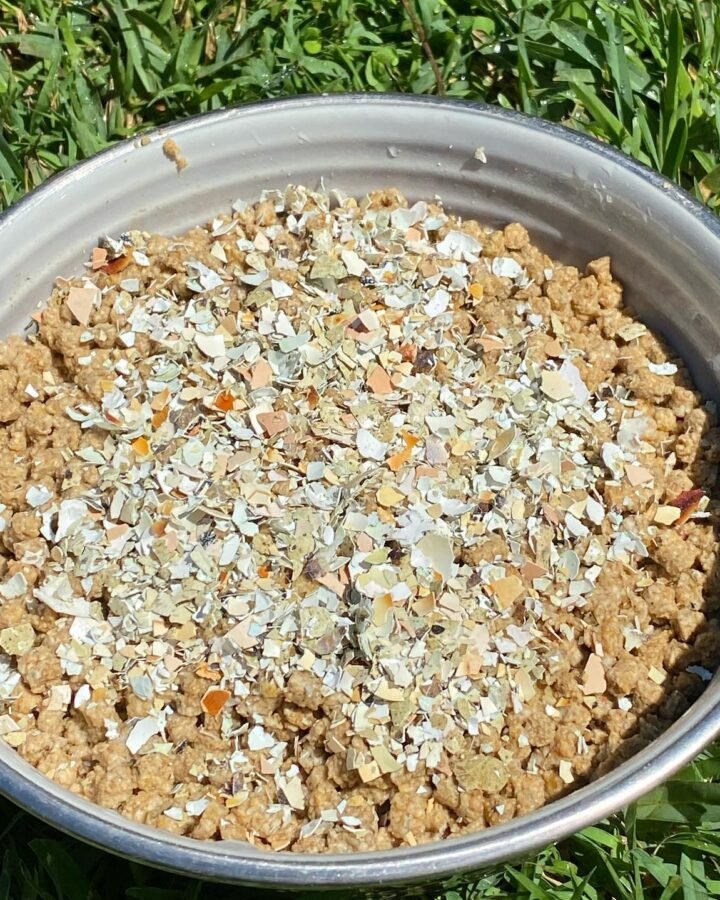
Leave a Reply